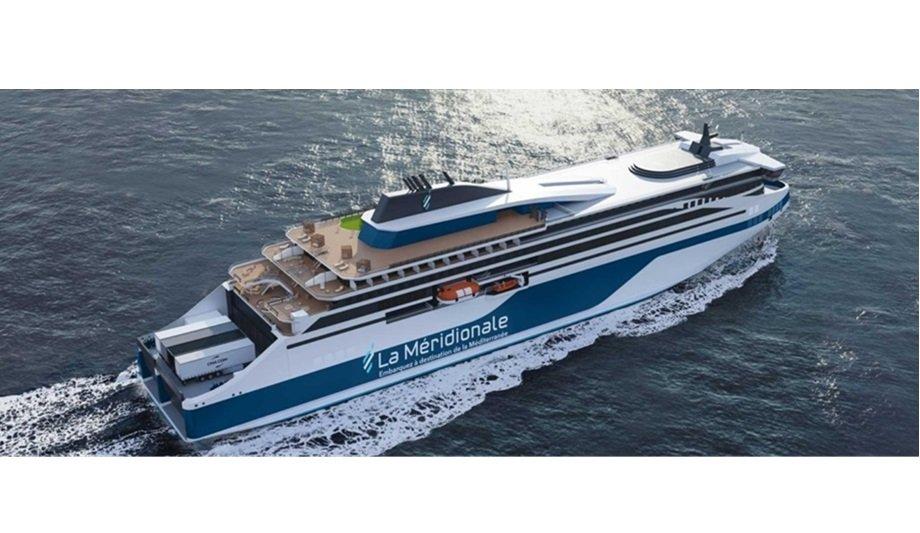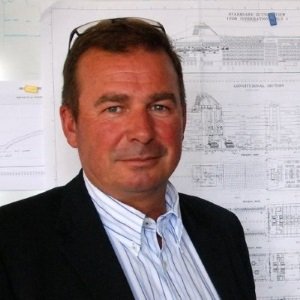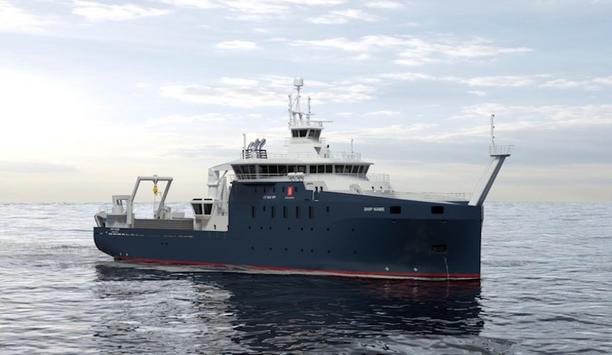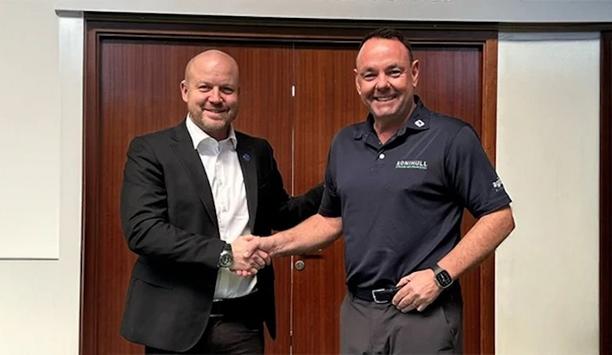Technology group - Wärtsilä will supply the engines, fuel gas supply system, and thrusters for two new Ropax ferries being built for French operator La Méridionale, a subsidiary of CMA CGM.
The vessels, which have been specifically designed to minimise emissions, are to be built at the China Merchants Jinling Shipyard (Weihai) Co., Ltd. and will operate between Marseille and Corsica. The order with Wärtsilä was booked in April 2024.
Energy transition
Ferries are on the front line of the energy transition and are among the first sectors to target net zero-carbon operations. However, ferry operators face increasing pressure from customers who continue to expect a fast and cost-efficient service, which runs to a timetable, and is increasingly sustainable.
Ferry operators, such as La Méridionale, are looking to leverage technologies that offer minimal service disruption and maximise return on investment, all while reducing carbon footprint.
Reducing carbon footprint
"The design of these two Ropax vessels reflects our commitment to reducing the carbon footprint within our fleet," says Xavier Leclercq, Vice-President of CMA Ships, CMA CGM.
Xavier Leclercq, adds, "These will be among the most energy-efficient, low-emission ships in operation globally, and we value the support from Wärtsilä, whose technology and solutions help make this ambition possible."
LNG as the primary fuel
For each ship, Wärtsilä will supply two 12-cylinder, one 10-cylinder and one 8-cylinder Wärtsilä 31DF engines
The company will continue its efforts to reduce the environmental impact by adopting LNG as the primary fuel for the new ships, as well as preparing them to operate on alternative fuels such as biogas and synthetic methane, as these become available at scale.
For each ship, Wärtsilä will supply two 12-cylinder, one 10-cylinder, and one 8-cylinder Wärtsilä 31DF engines. The two ferries will benefit from Wärtsilä’s groundbreaking NextDF technology, which will be implemented in the Wärtsilä 31DF engines.
NextDF version
While operating on LNG, the NextDF version of the Wärtsilä 31DF further reduces methane emissions and nitrogen oxide (NOx) significantly (compared to the already emission-efficient standard Wärtsilä 31DF).
The scope of Wärtsilä’s supply for this contract also includes the Wärtsilä LNGPac, a fuel gas supply system for LNG-fuelled ships, as well as Wärtsilä’s thrusters.
Net zero emissions
"The drive towards net zero emissions is one of the most important challenges facing the industry today," comments Stefan Nysjö, Vice President of Power Supply, Wärtsilä Marine.
Stefan Nysjö adds, "That’s why we are pleased to support our long-standing partners, CMA CGM and China Merchants Jinling Shipyard (Weihai) Co., Ltd., with our integrated solutions ensuring these ferries can benefit from outstanding fuel efficiency, operational reliability, and a significant reduction in GHG emissions."
180-metre-long ships
The 180-metre-long ships will be able to accommodate 1,000 passengers as well as cargo freight.
The Wärtsilä equipment for these ferries is scheduled to be delivered in mid-2025, with the ferries expected to enter service during the first half of 2027, operating between Marseille and Corsica.












